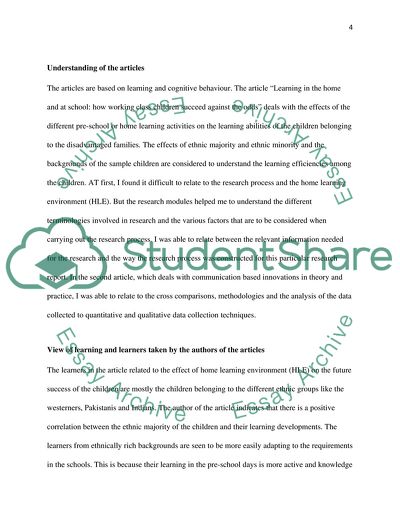Cite this document
(Learning at Home and at School - Similarities and Differences between Assignment, n.d.)
Learning at Home and at School - Similarities and Differences between Assignment. https://studentshare.org/education/1807720-research-paradigms
Learning at Home and at School - Similarities and Differences between Assignment. https://studentshare.org/education/1807720-research-paradigms
(Learning at Home and at School - Similarities and Differences Between Assignment)
Learning at Home and at School - Similarities and Differences Between Assignment. https://studentshare.org/education/1807720-research-paradigms.
Learning at Home and at School - Similarities and Differences Between Assignment. https://studentshare.org/education/1807720-research-paradigms.
“Learning at Home and at School - Similarities and Differences Between Assignment”. https://studentshare.org/education/1807720-research-paradigms.


